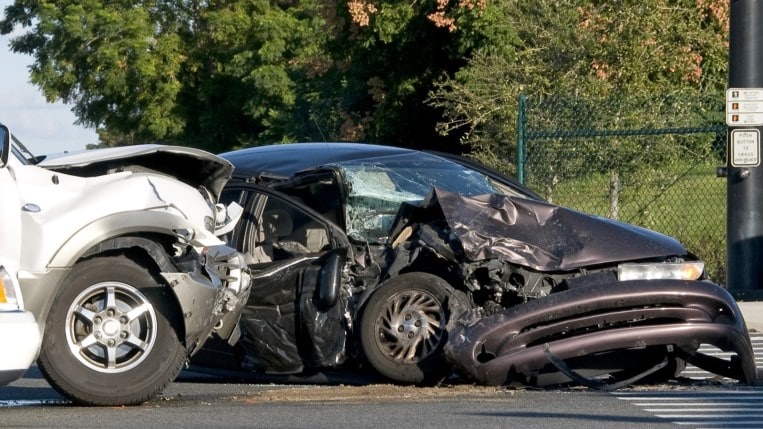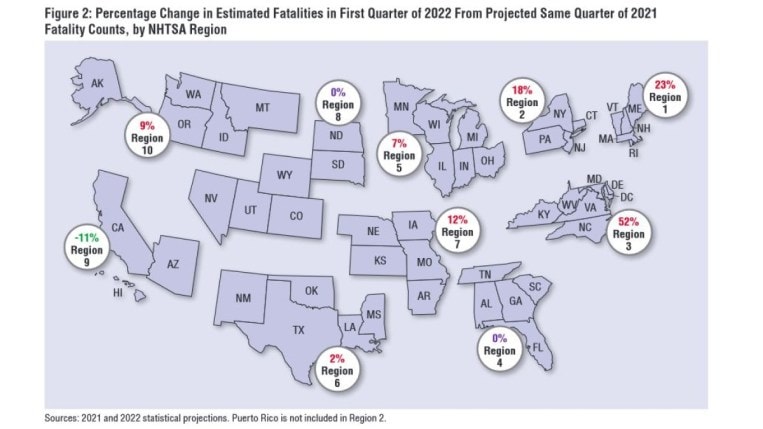
Even with cars that stop themselves to avoid pedestrians and steer around obstacles for us, America just endured the deadliest 3-month span of driving in 20 years.
The National Highway Traffic Safety Administration (NHTSA) estimates that 9,560 people died in car accidents in the U.S. in the first three months of 2022. That’s 7% more than last year, when they were warning us of a dangerous spike in road deaths.
Related: Car Safety Features 101 – Everything You Need to Know
We’re Driving More, but That’s Not All There Is to This
Part of the problem is easy to explain. We’re driving more.
Data reported by the Federal Highway Administration shows that Americans drove 40.2 billion more miles in the first quarter of 2022 than 2021 – a 5.6% increase. You’re more likely to get hurt doing something when you spend more time doing it.
But that isn’t the only factor at work here. NHTSA reports that the fatality rate per mile driven increased as well – 1.27 deaths per 100 million miles this year, compared to 1.25 last year.
The agency hasn’t broken out deaths in speed-related crashes yet for 2022, but that number has spiked each of the last two years. Law enforcement sources reported an increase in reckless driving behaviors on emptier roads during the early days of the COVID-19 pandemic. Those behaviors may not have faded as Americans have returned to driving.
Some States Safer Than Others
“NHTSA regional offices are working closely with States to assist them in directing NHTSA formula grant funds to address risky driving behaviors such as speeding and driving while impaired,” the agency says.
But the situation isn’t the same everywhere.
Seven of 10 regions of the country experienced increased traffic fatalities in the first quarter of 2022. California saw total deaths decrease, while the Southeast and Upper Midwest saw their numbers stay roughly the same. Everyone else is in more danger on the roads.








